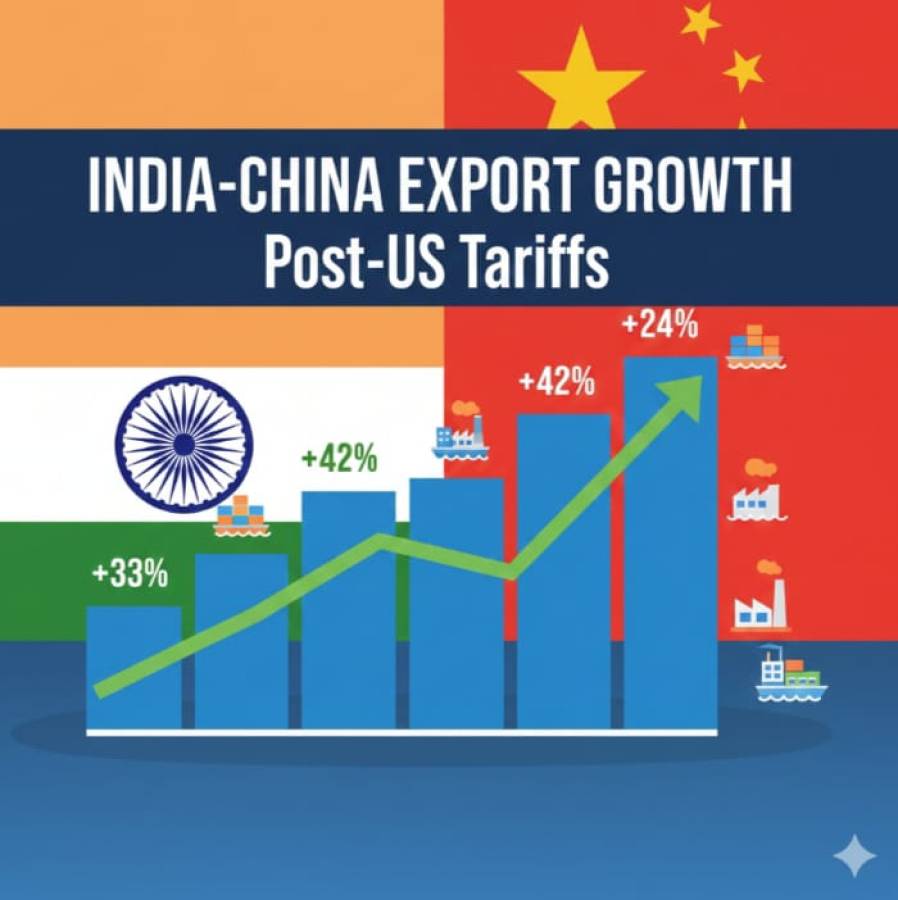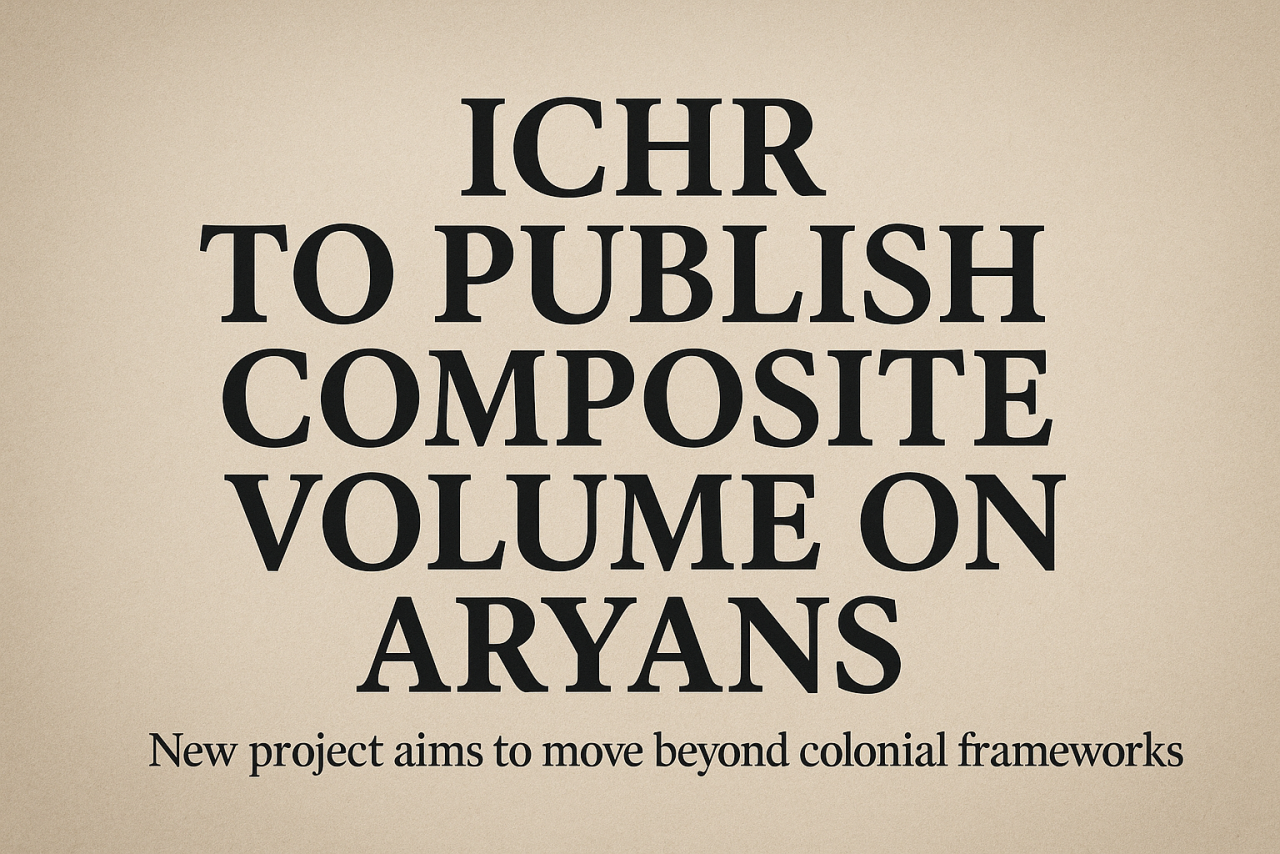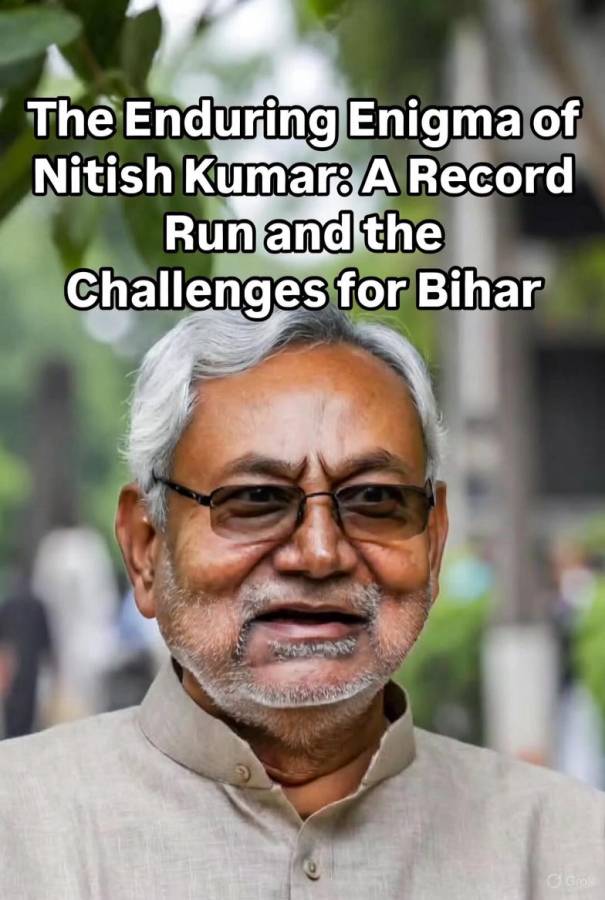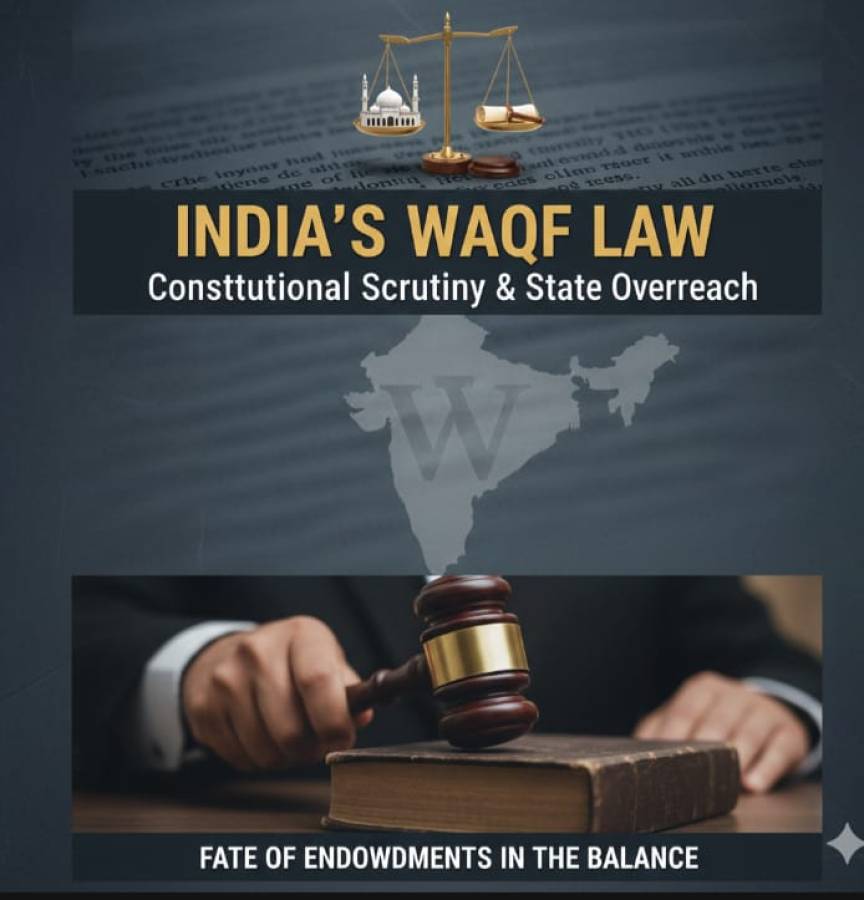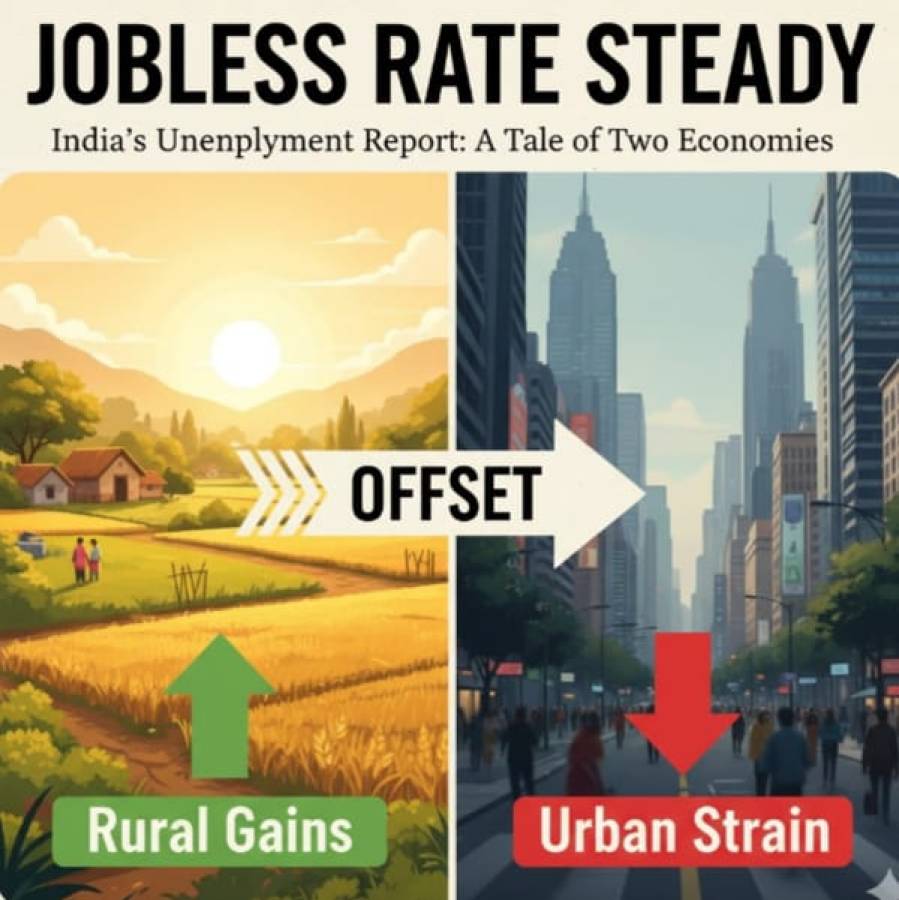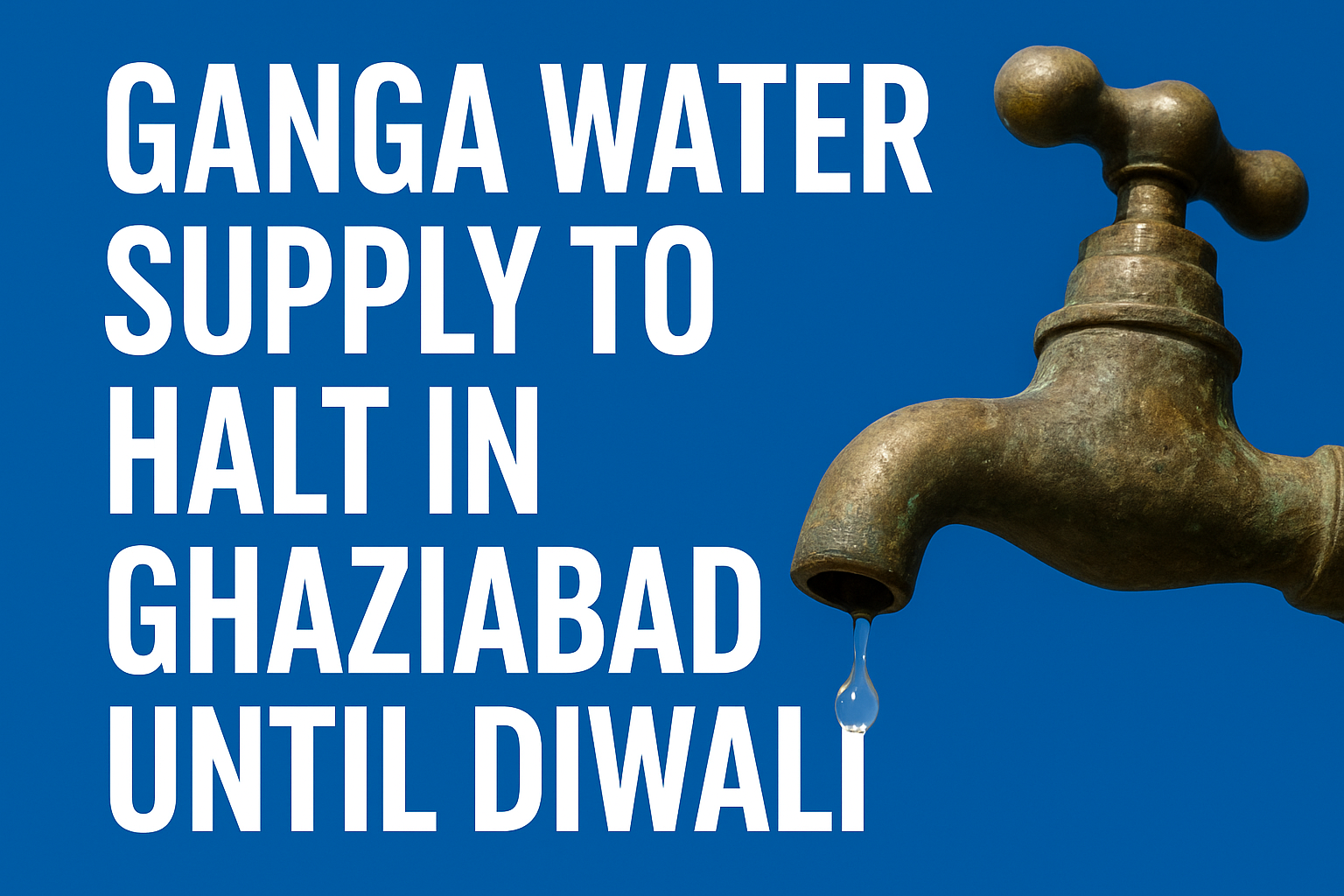
Ghaziabad is preparing for a temporary yet significant disruption in its water supply as the annual maintenance of the Upper Ganga Canal gets underway. The maintenance work, which started on October 7, will continue until October 23, affecting the supply of Ganga water across the city. Authorities have warned that normal water distribution may not resume before Diwali, urging residents to plan ahead and use water judiciously.
According to officials of the Jal Nigam and the Uttar Pradesh Irrigation Department, the closure is part of the routine desilting and repair process carried out before the onset of winter. The Upper Ganga Canal, which channels water from Haridwar to several districts in western Uttar Pradesh, including Ghaziabad, is being cleaned and repaired to ensure smooth operations throughout the year. However, this necessary upkeep comes with an unavoidable consequence — reduced water supply to millions of residents dependent on it.
The canal closure means that the Ganga water supply from the Pratap Vihar and Siddharth Vihar treatment plants will remain largely suspended. These two major plants cater to large residential and industrial areas of Ghaziabad. As a result, the Ghaziabad Municipal Corporation (GMC) has begun rationing its available stock and planning emergency measures to minimize inconvenience.
Yashpal Singh, General Manager of the Jal Nigam, said that local reservoirs and tube wells would temporarily fill the supply gap. “We have already instructed our teams to monitor tube well output closely. Residents in affected areas are requested to store adequate water and avoid wastage. Supply timings may also be revised in some zones,” he said.
Several localities, including Indirapuram, Vasundhara, Kaushambi, Vaishali, and Raj Nagar Extension, are expected to face irregular water supply during this period. The GMC has asked residents to report water shortages promptly through official helplines and WhatsApp complaint numbers. Tankers will be deployed in areas that experience severe shortages.
The impact of the canal shutdown will also be felt in parts of Noida, Hapur, and Meerut, though officials say that Ghaziabad is likely to be among the worst affected due to its high dependency on Ganga water. According to estimates, nearly 70 percent of Ghaziabad’s total water demand is met through Ganga supply, with the rest coming from underground sources.
Environmentalists and urban planners have long argued that the city’s overdependence on the canal water system is unsustainable. They point out that rising population density, unplanned construction, and over-extraction of groundwater have put enormous stress on the region’s water resources. The ongoing maintenance, they say, should serve as a reminder for both citizens and policymakers to rethink long-term water management strategies.
“The annual canal closure happens every year, but every year, residents panic. This cycle shows that we still lack a strong city-level water resilience plan,” said a local activist from Indirapuram’s RWA federation. “We need more rainwater harvesting, better groundwater recharge, and public awareness about conservation.”
Authorities have appealed to residents to cooperate during the shutdown. Civic officials have also urged housing societies and commercial establishments to clean their storage tanks in advance and to ensure that pumps are functioning properly.
As Diwali approaches, water will be in high demand not only for domestic use but also for cleaning and festive preparations. With the Ganga canal supply halted, Ghaziabad’s residents are being asked to prioritize essential use over convenience.
The message from officials is clear that store water while it lasts, conserve every drop, and stay prepared. Maintenance of the Upper Ganga Canal is a necessary step to keep the system functional, but collective civic responsibility is equally vital to ensure the city doesn’t run dry before the lights of Diwali glow.
In the days ahead, how well Ghaziabad adapts to this temporary disruption will reflect the city’s capacity for sustainable living — one drop at a time.


